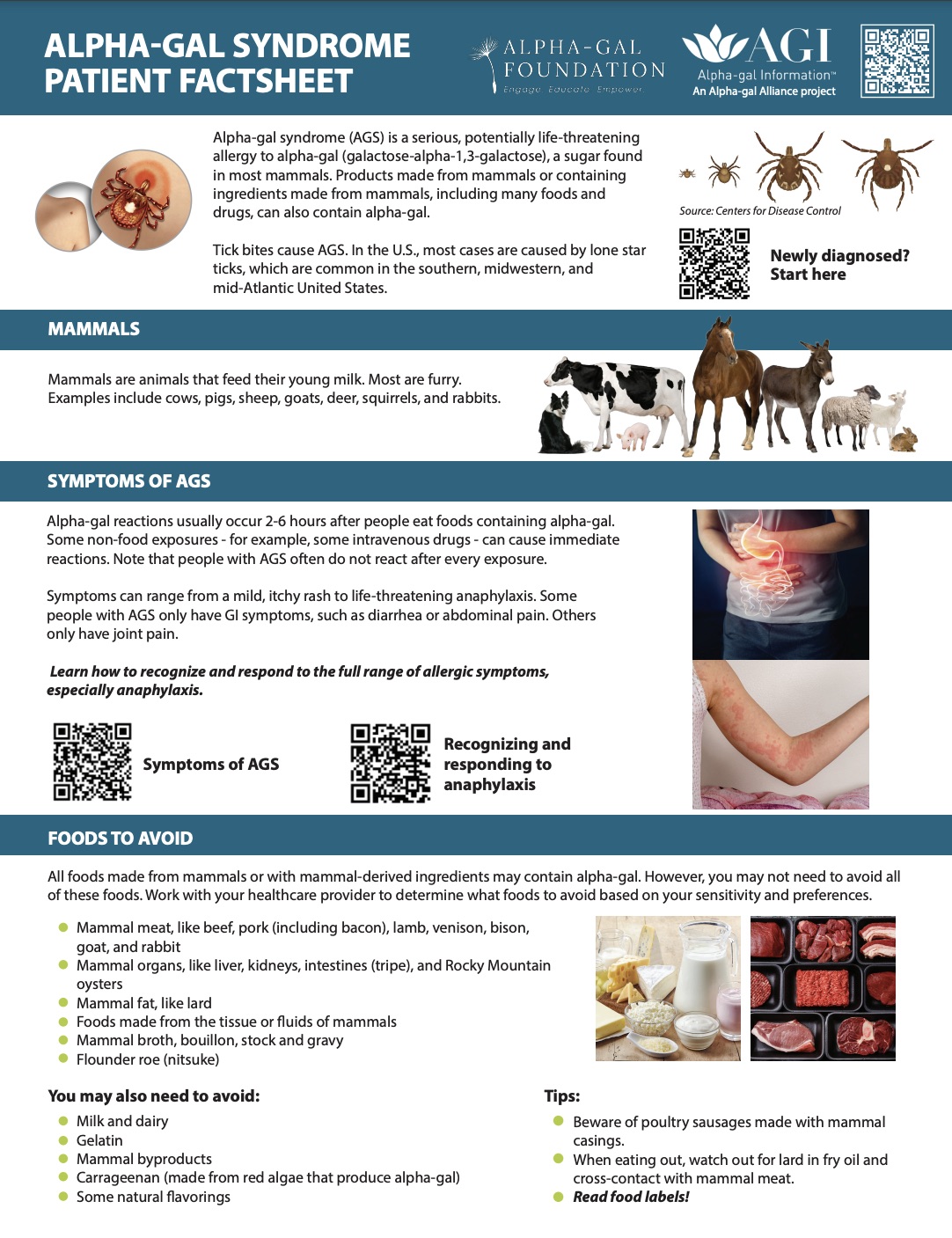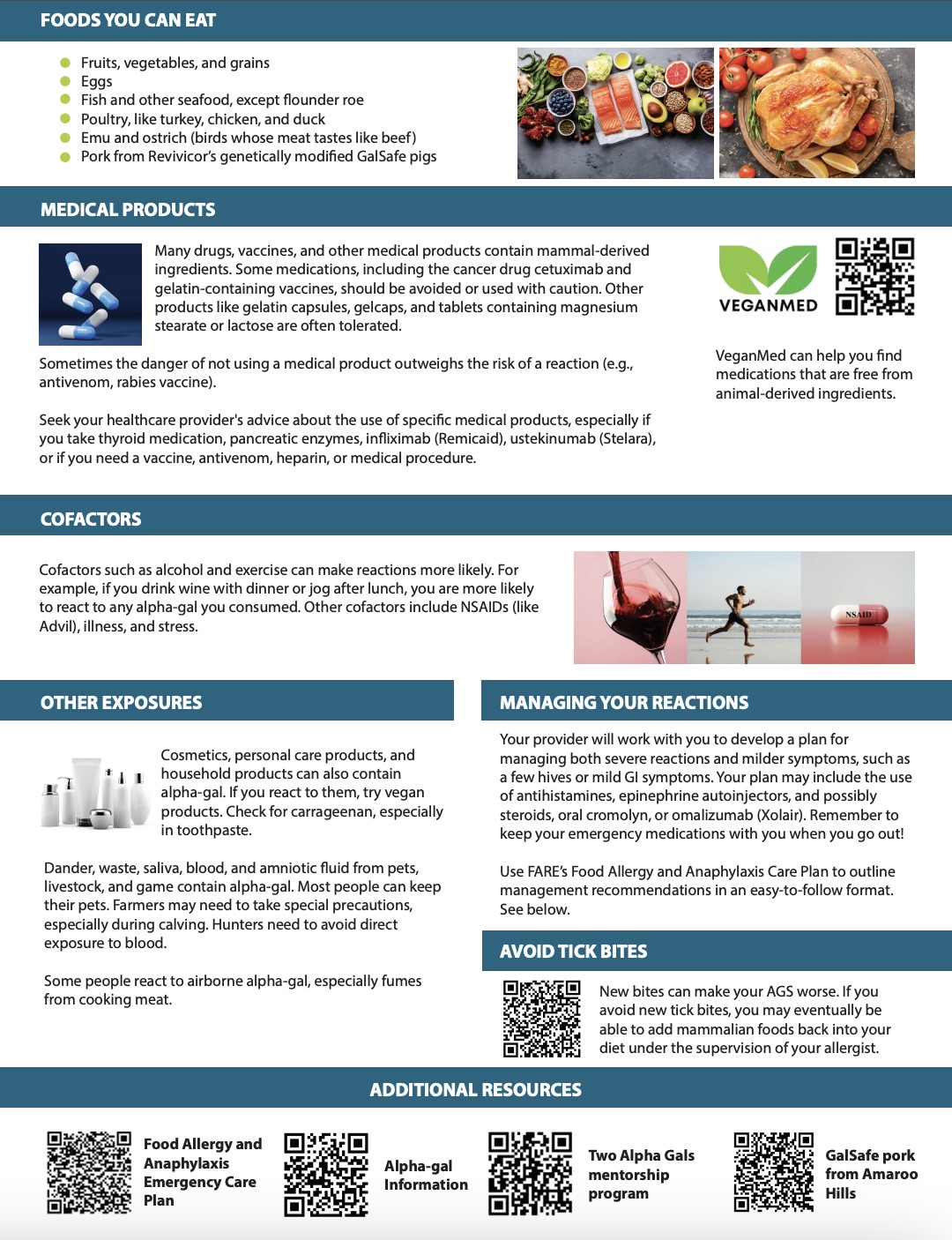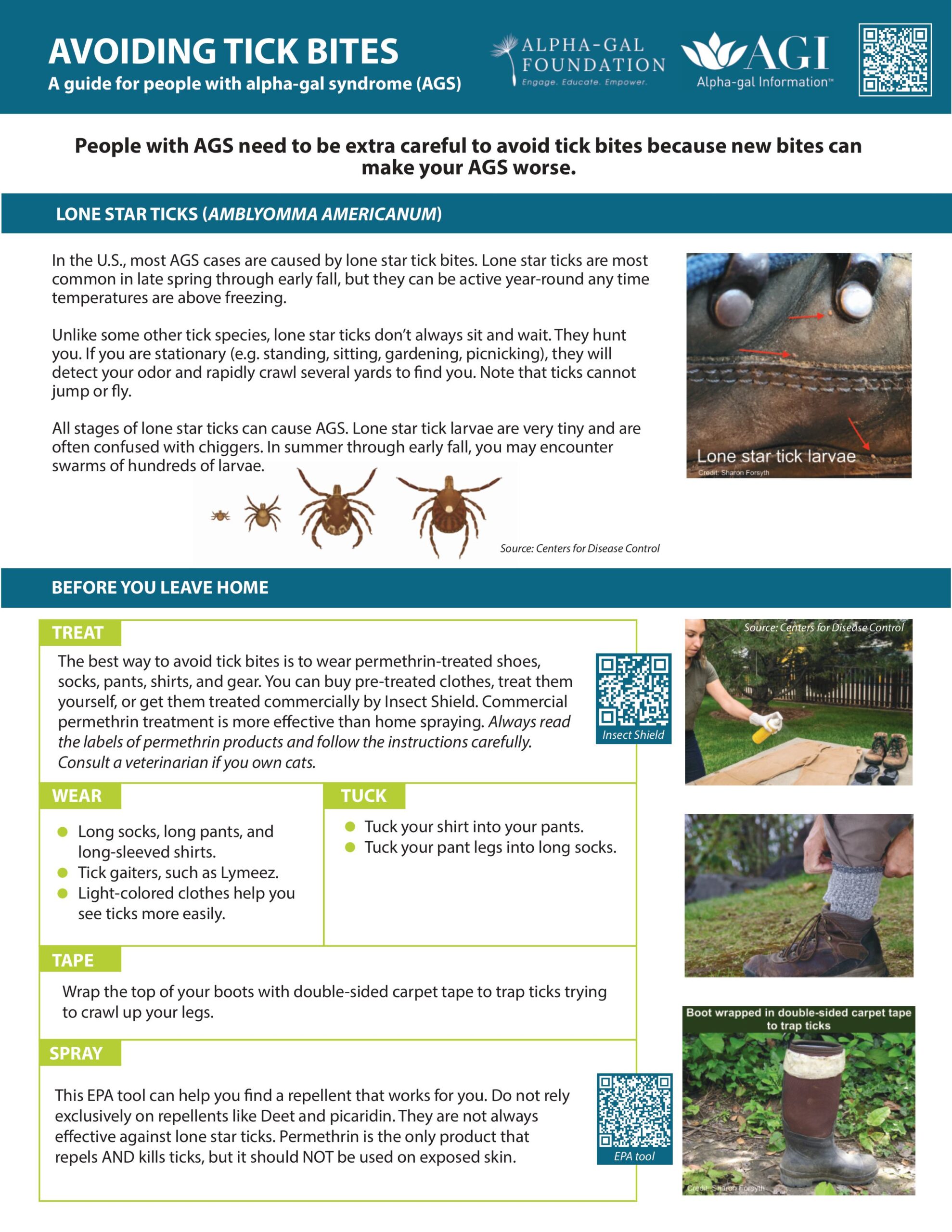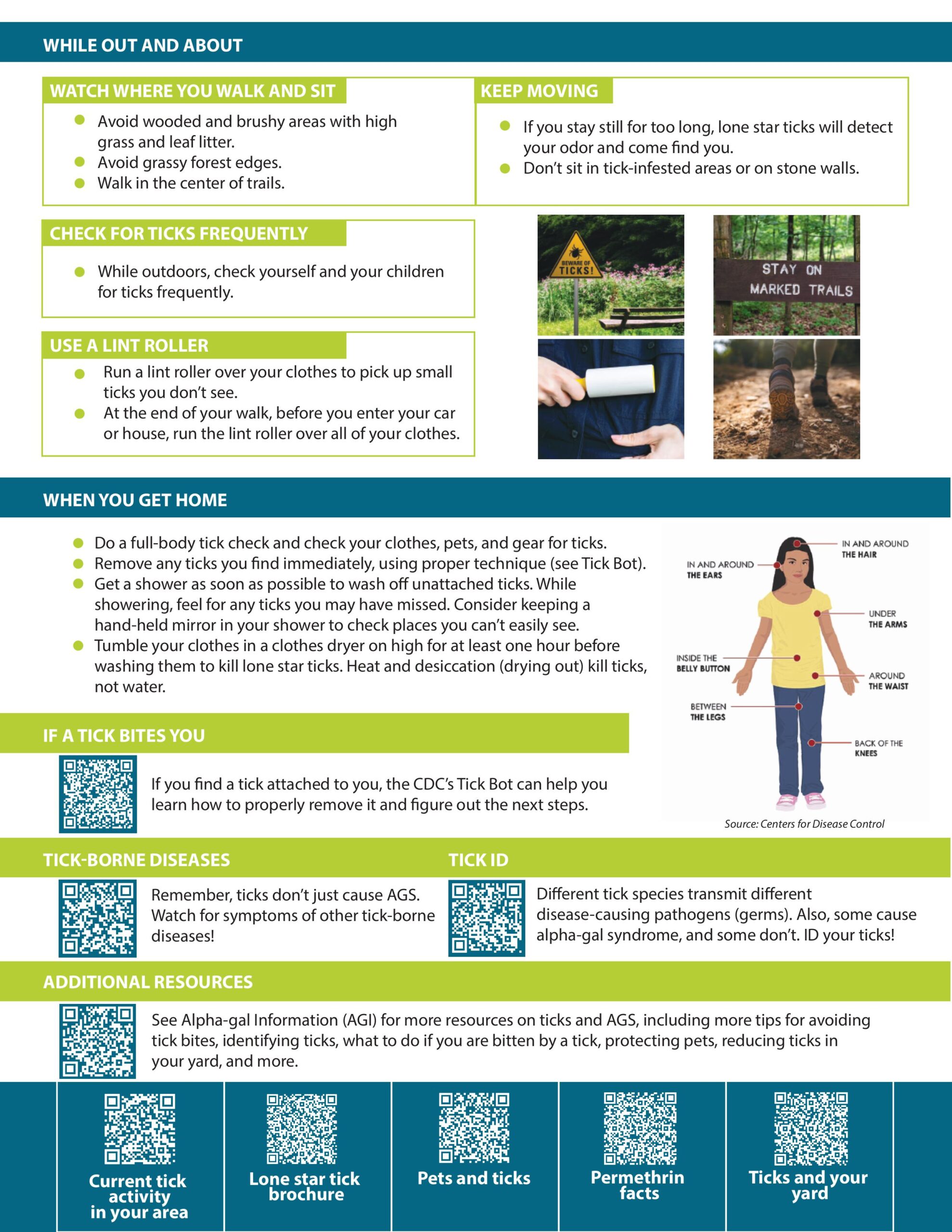Farming and Ranching
A guide for farmers and ranchers with alpha-gal syndrome
Farmers and Ranchers: an At-Risk Population
Ten percent of Americans are bitten by a tick each year. But farmers and ranchers have much more exposure to ticks. Almost three-quarters of all farmers receive tick bites each year.
In addition, many of the top cattle-producing areas fall within states and counties with the highest densities of lone star ticks.
For these reasons, farmers and ranchers are at disproportionate risk of developing alpha-gal syndrome.

Alpha-gal syndrome and caring for livestock
We report the cases of 3 known α-gal–allergic patients who experienced allergic reactions on exposure to amniotic fluid when assisting during calving. Patients 1 and 2 experienced contact urticaria limited to exposed areas, while patient 3 also experienced dyspnea, probably due to inhalation of amniotic fluid proteins. The severity of the symptoms prevented the patients from continuing to assist the veterinarian during calf delivery. The laboratory results enabled us to identify several proteins in the amniotic fluid that were recognized by the IgE of the patients’ serum, pointing to α-gal as the etiologic agent.
Livestock like cows, pigs, sheep, and goats are mammals and make alpha-gal. For this reason, for farmers and ranchers, alpha-gal syndrome (AGS) is not just a food and drug allergy; it’s also an occupational allergy.
Just as people allergic to pets, like cats and dogs, react when exposed to them, people with AGS can react from livestock exposures. Although it is not an issue for all farmers and ranchers with AGS, some have severe, life-threatening reactions to some livestock exposures.
Livestock fluids
Livestock fluids are particularly problematic for people with AGS.
Amniotic fluid and blood
Exposure to both amniotic fluid and blood can cause life-threatening reactions in people with AGS. Care needs to be taken during calving, care of newly born animals, processing of carcasses, and other activities they may result in exposure to these fluids.
Saliva
Farmers with AGS report reactions to livestock saliva as well. Typical reactions include hives and swelling.
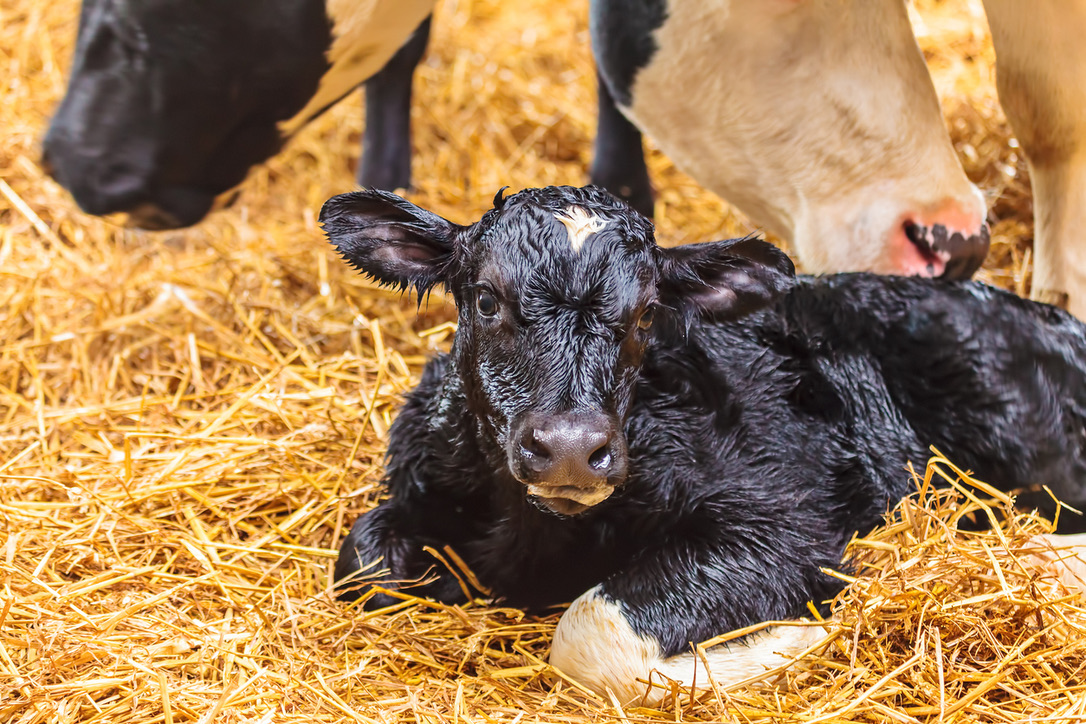
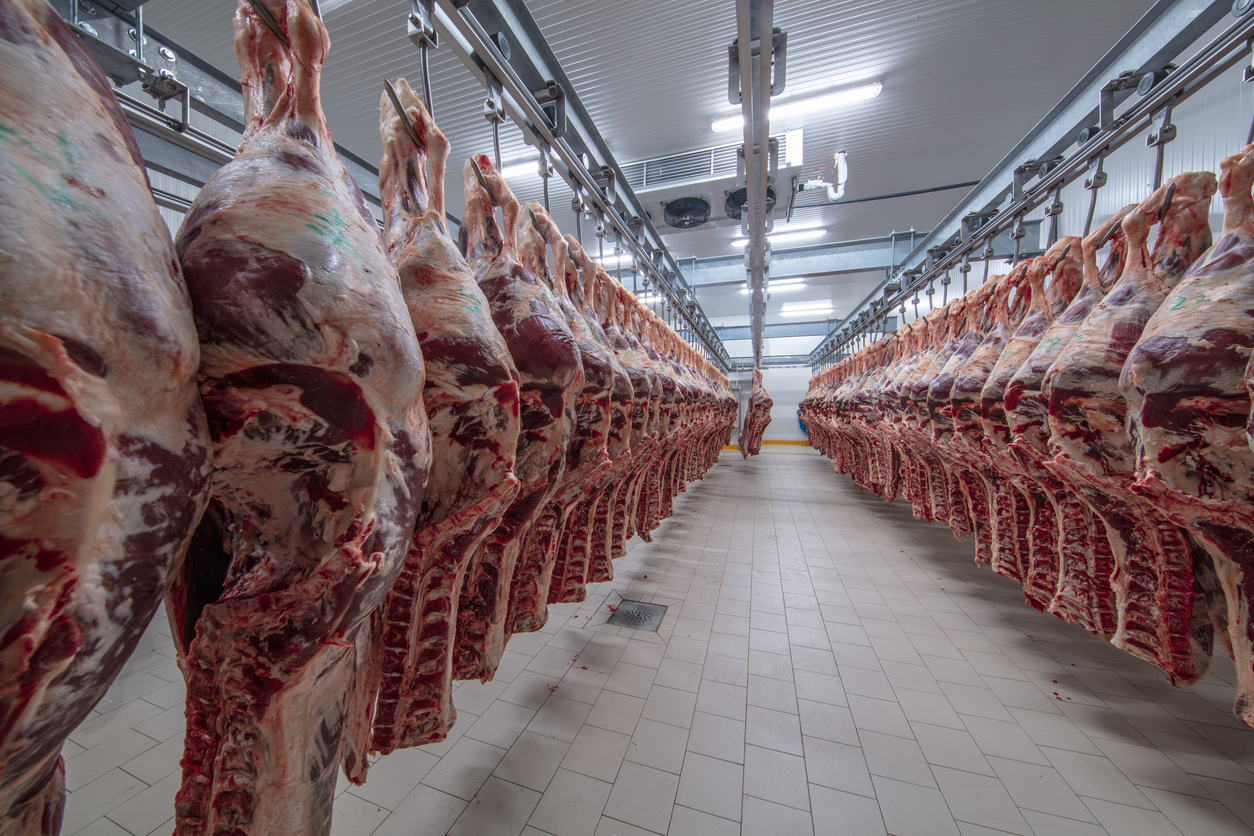
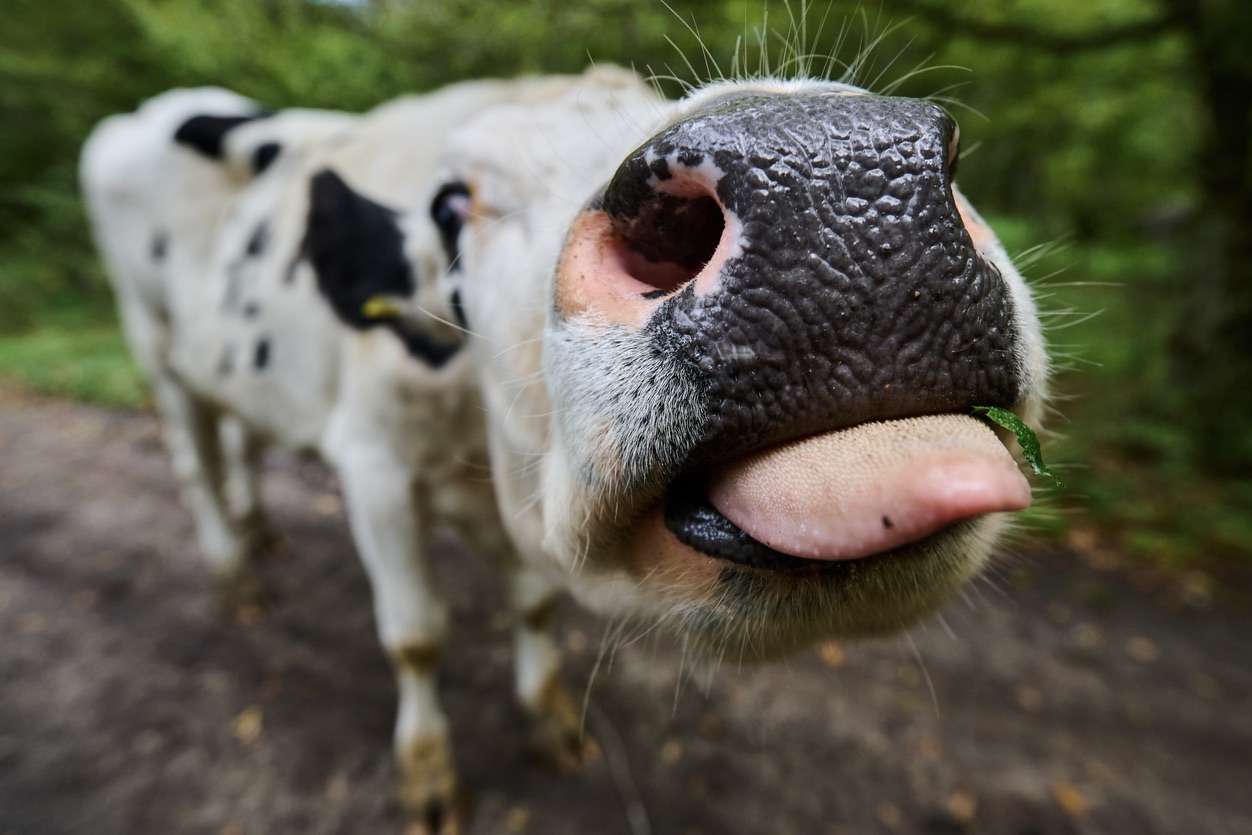
Waste
Farmers and ranchers report reactions to both direct contact with waste and to fumes from waste.
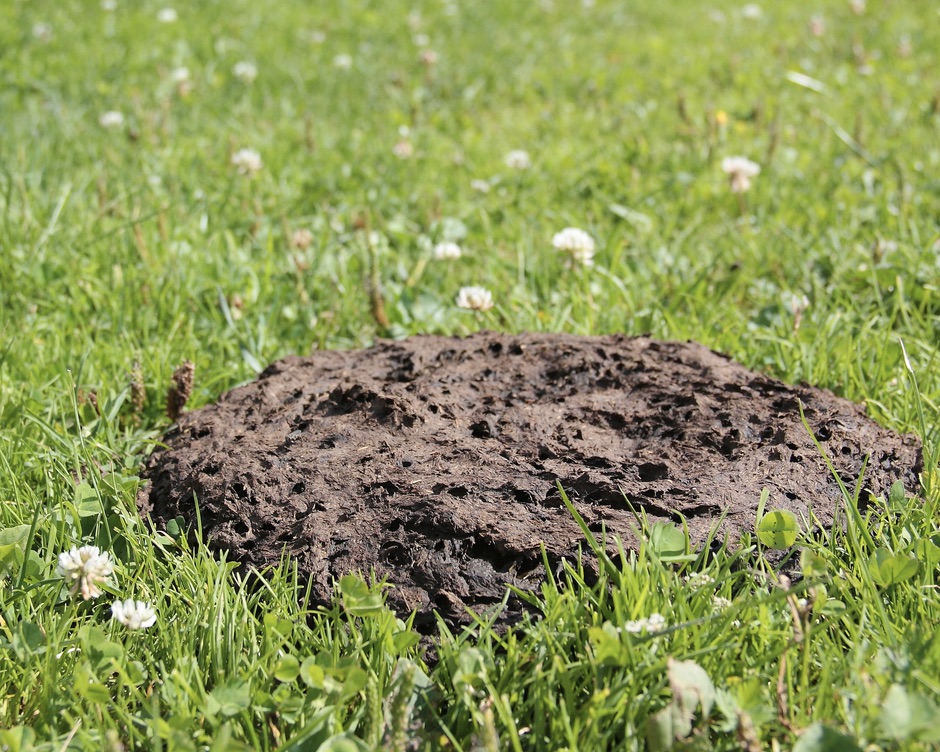
Direct contact
Direct contact with livestock can lead to reactions for some farmers. For example:
- During milking
- Contact with hair–especially sheep’s wool (due to lanolin)
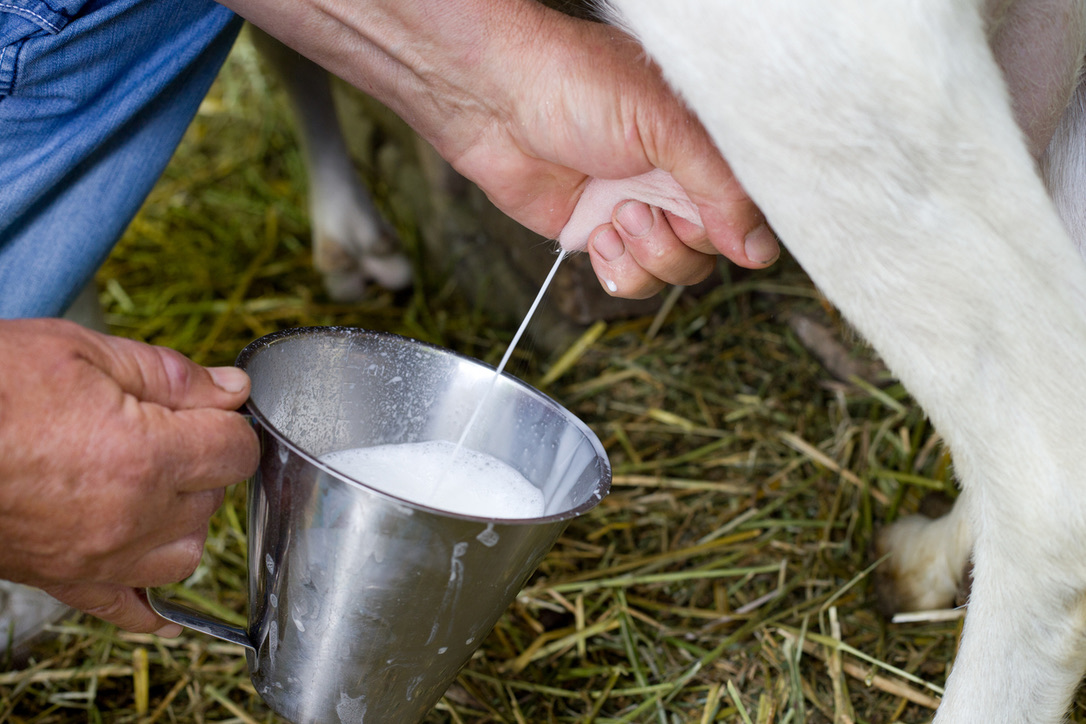
Airborne exposures
Many farmers report reactions to airborne exposures, including from amniotic fluid and waste.
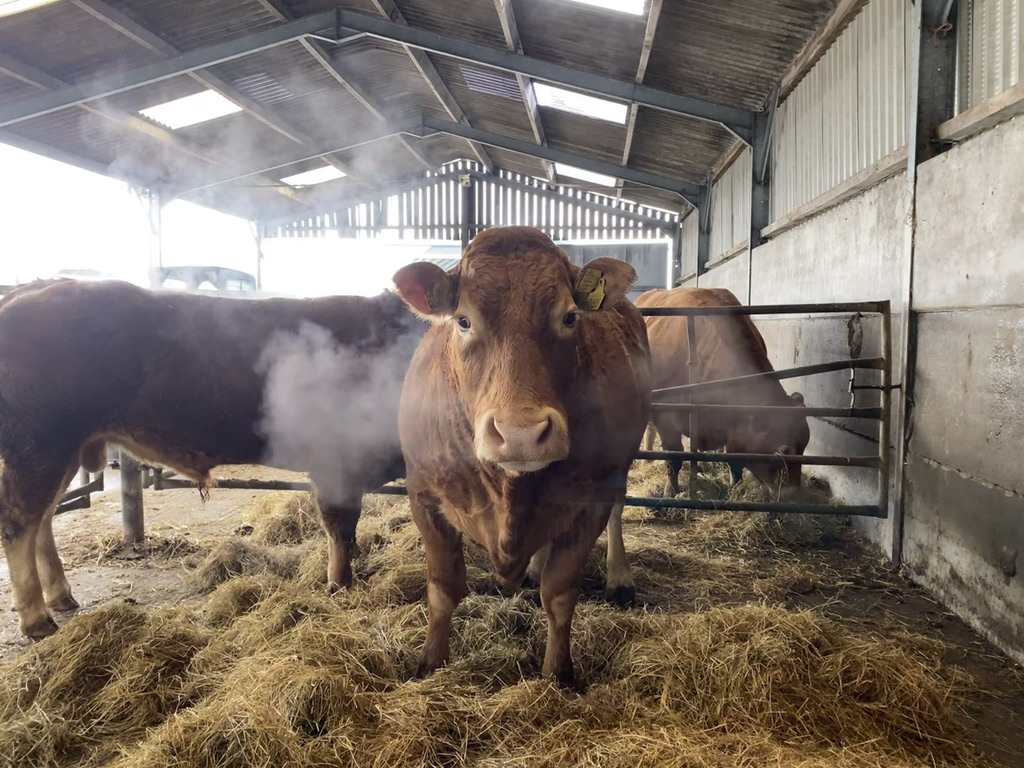
Reactions to products used in livestock care
Some farmers report reactions to products used in the care of livestock, especially lanolin-based products applied to the udders of milking cows.

Coping strategies
Some measures you can take:
- Wear protective gear to protect your skin.
- Respirators may help protect against airborne exposures–if they fit well.
- Make sure you have your rescue medications, and use them if you need to.
- Don’t work alone, when possible.
- Shower as soon as possible after an exposure.
- Wash chore clothing contaminated with amniotic fluid, blood, or manure separately.
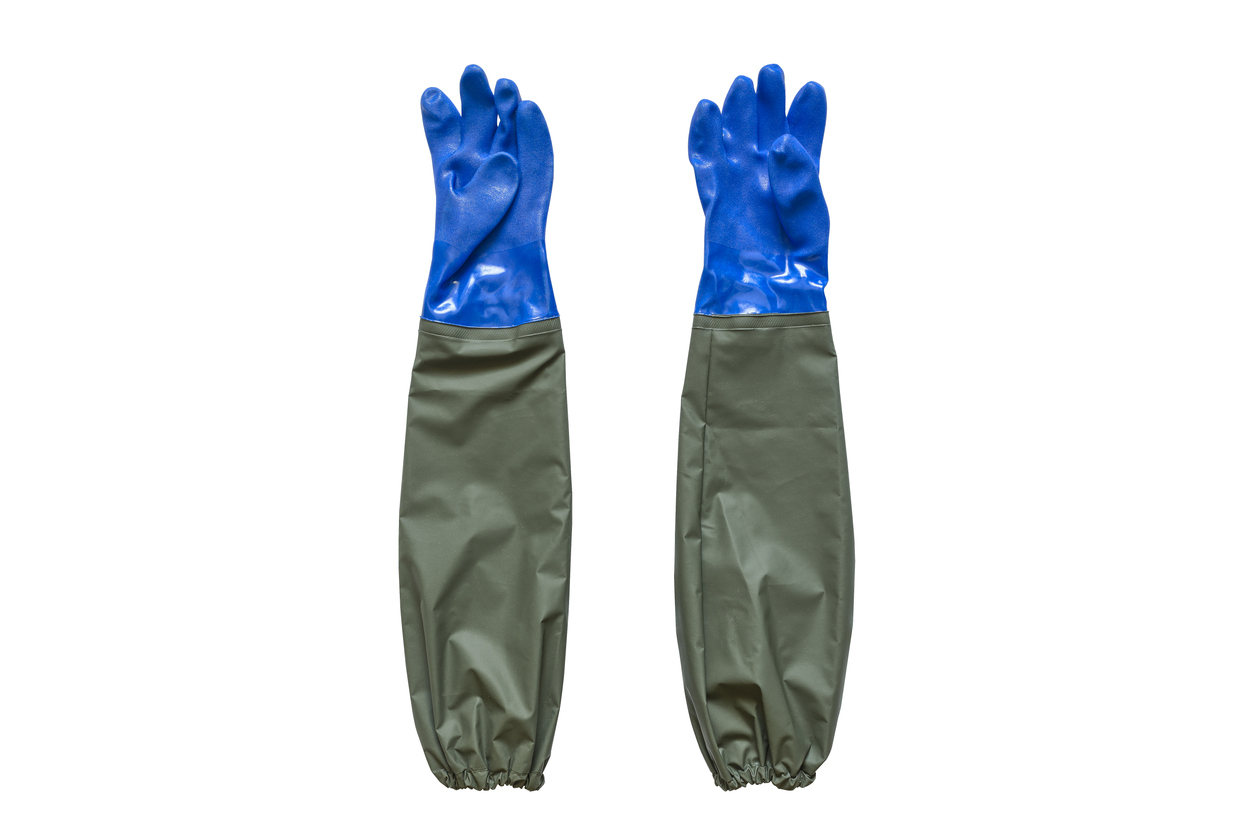
Media
Articles
Webinars
Webinar: Tick Bites, Meat Allergy, and Caring for Livestock: What Farmers and Ranchers Need to Know
April 24 @ 12:00 pm – 1:00 pm CDT
Summary: Alpha-gal syndrome (AGS) is an emerging tick-borne allergy to alpha-gal, a sugar found in mammals and products derived from them. These products include food, drugs, personal care and other products. Up to half a million Americans are estimated to be affected by AGS; most live in high-prevalence states in the South, Midwest, and East Coast.
Farmers are at higher risk of tick bites and developing AGS. For farmers, AGS is not just a food allergy, it’s an occupational allergy. Reactions fluids, waste, and dander from livestock can make caring for them difficult. In this seminar, we will provide an introduction to AGS, share tips on avoiding it, and hear from farmers and ranchers about the challenges of farming with AGS and how to manage them.
Objectives: At the end of this webinar, participants will understand…
- The basics of alpha-gal syndrome
- When and how to seek a diagnosis
- How farmers cope with AGS
- Next-level tick bite avoidance tips
Presenters:
Sharon Forsyth, Executive Director, Alpha-gal Alliance; Candice Matthis, Co-founder, Alpha-gal Foundation; Debbie Nichols, Co-founder, Alpha-gal Foundation

AGRISAFE WEBINAR SLIDES
Download PDF of the Agrisafe webinar slides
Resources
Support group
References
1. Lang M, Corriger J, Haumonte Q, et al. Allergie à α-galactose : un vêlage à fleur de peau. Rev Fr Allergol (2009). 2018;58(3):253.
2. Nuñez-Orjales R, Martin-Lazaro J, Lopez-Freire S, Galan-Nieto A, Lombardero-Vega M, Carballada-Gonzalez F. Bovine Amniotic Fluid: A New and Occupational Source of Galactose-α-1,3-Galactose. J Investig Allergol Clin Immunol. 2017;27(5):313-314.
All the information on alphagalinformation.org is provided in good faith, but we, the creators and authors of the Alpha-gal Information website offer no representation or warranty, explicit or implied, of the accuracy, adequacy, validity, reliability, availability, or completeness of any information on this site. Under no circumstances should we have any liability for any loss or damage incurred by you as a result of relying on information provided here. We are not physicians or medical professionals, researchers, or experts of any kind. Information provided in this website may contain errors and should be confirmed by a physician. Information provided here is not medical advice. It should not be relied upon for decisions about diagnosis, treatment, diet, food choice, nutrition, or any other health or medical decisions. For advice about health or medical decisions including, but not limited to, diagnosis, treatment, diet, and health care consult a physician.
READ FULL DISCLAIMER>

